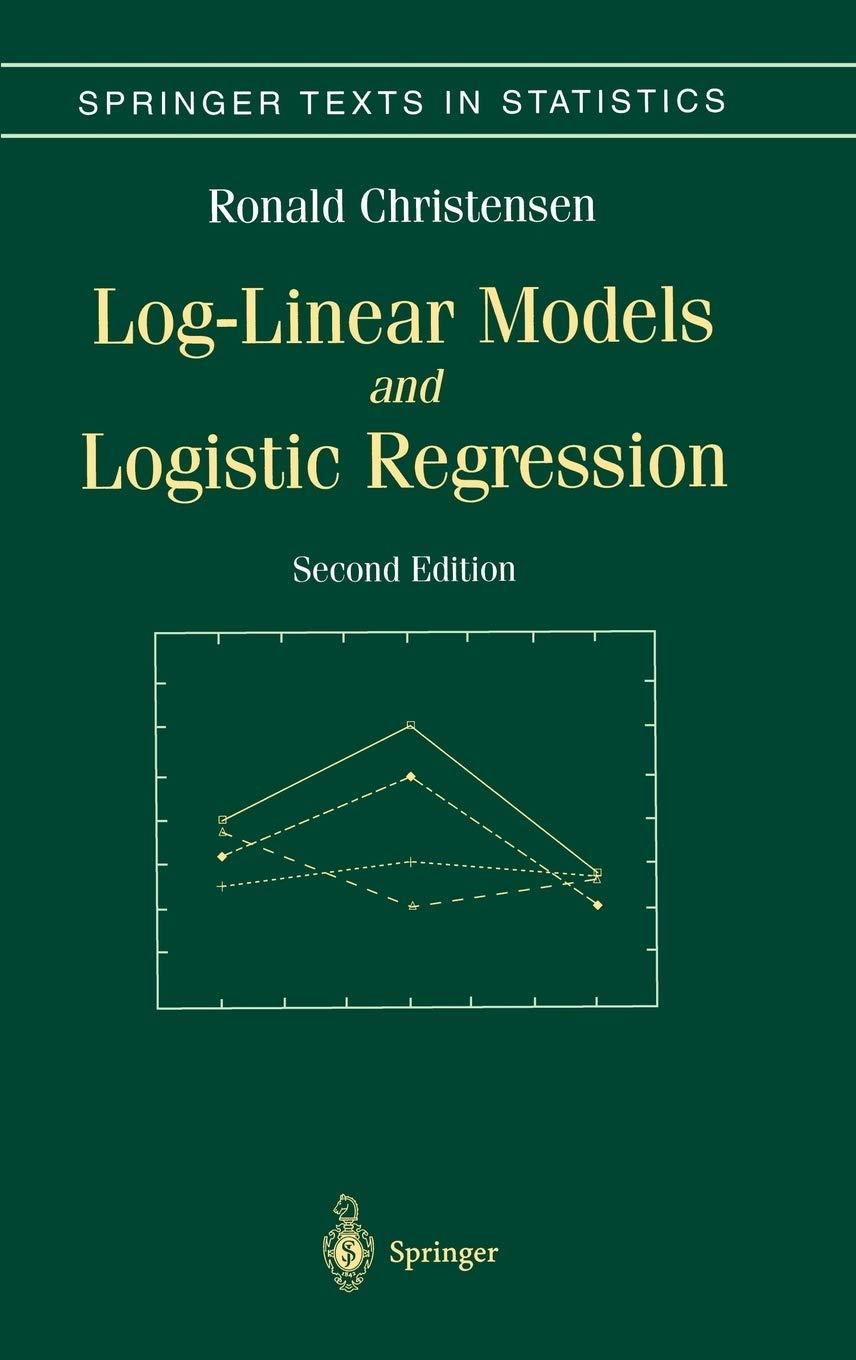Gilby (1911) presents data on the relationships among instructors evaluation of general intelligence, quality of clothing, and
Question:
Gilby (1911) presents data on the relationships among instructor’s evaluation of general intelligence, quality of clothing, and school standard. General intelligence was classified using a system of Karl Pearson’s that was reported in Waite (1911). Briefly, the Intelligence classifications are A – Mentally Defective, B – Dull, C – Slow, E – Fairly Intelligent, F – Capable, and G – Very Able. Clothing was classified as I – Very Well Clad, II – Well Clad, III – Poor but Passable, IV – Insufficient, V – Worse than Insufficient. Throughout, intelligence category A was combined with B and clothing category V was combined with IV. This was done because of small numbers of observations. The third variable, Standard, seems to be similar to the American idea of a school grade. For example, roughly half of 10-year-olds were in Standard III with most of the others in II or IV.
For 10 1 2 -year-olds, about two-thirds were in standards III or IV with most of the rest in II or V. Data were collected from 36 instructors spread over eight different primary schools. Tables 2.4, 2.5, and 2.6 summarize some of the data; use the methods of Chapter 2 to analyze these data.
TABLE 2.4. Intelligence versus Clothing Intelligence Clothing BC D E FG I 33 48 113 209 194 39 II 41 100 202 255 138 15 III 39 58 70 61 33 4 IV,V 17 13 22 10 10 1 TABLE 2.5. Intelligence versus Standard Intelligence Standard BCD E FG I 17 27 45 50 27 1 II 23 34 61 66 36 1 III 42 42 69 117 72 10 IV 16 25 41 75 53 11 V 18 38 66 77 45 6 VI 10 32 73 80 98 18 VII 4 19 39 52 35 11 VIII 0 2 13 18 9 1 TABLE 2.6. Clothing versus Standard Clothing Standard I II III IV,V I 20 87 56 4 II 71 88 42 20 III 157 134 41 20 IV 82 77 45 17 V 101 117 29 3 VI 127 145 32 7 VII 59 81 18 2 VIII 19 22 2 0
Step by Step Answer:

Log Linear Models And Logistic Regression
ISBN: 9780387982472
2nd Edition
Authors: Ronald Christensen






